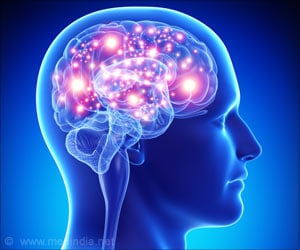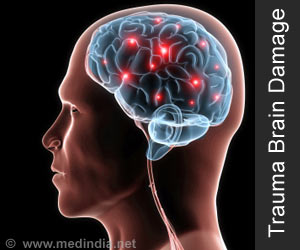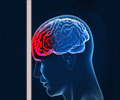Structural changes in the brain can be stimulated by a specific brain training protocol even years after a patient had suffered from traumatic brain injury.

‘Structural changes in the brain can be stimulated by a specific brain training protocol even years after a patient had suffered from traumatic brain injury.’





The findings, published in Brain and Behavior, further suggest that changes in cortical thickness and neural network connectivity may prove an effective way to quantitatively measure treatment efficacy, an ability that has not existed until now. Building upon previous research, the study challenges the widely held belief that recovery from a TBI is limited to two years after an injury. "A TBI disrupts brain structure. These brain changes can interfere with brain network communication and the cognitive functions those networks support," said Dr. Kihwan Han, research scientist at the Center for BrainHealth and lead author of the study.
"For people with chronic TBI, they may have trouble with daily tasks such as creating shopping lists and resolving conflicts with others for many years after the injury. These findings provide hope for people who thought, 'This is as good as my recovery is going to get' and for the medical community who have yet to find a way to objectively measure a patient's recovery," he said.
The study included 60 adults with TBI symptoms lasting an average of eight years. Participants were randomly placed into one of two cognitive training groups: strategy-based training or knowledge-based training. Over an eight-week period, the strategy-based training group learned strategies to improve attention and reasoning. The knowledge-based training group learned information about the structure and function of the brain as well as the effects of sleep and exercise on brain performance.
Magnetic resonance imaging measured cortical thickness and resting-state functional connectivity (rsFC) before training, after training and three months post-training. Previous studies have shown that cortical thickness and rsFC can be potential markers for training-induced brain changes.
Advertisement
"People who showed the greatest change in cortical thickness and connectivity, showed the greatest performance increases in our cognitive tasks. Perhaps future studies could investigate the added benefit of brain stimulation treatments in combination with cognitive training for individuals with chronic TBI who experience problems with attention, memory or executive functions," Han said.
Advertisement














